Click on photo to start video.


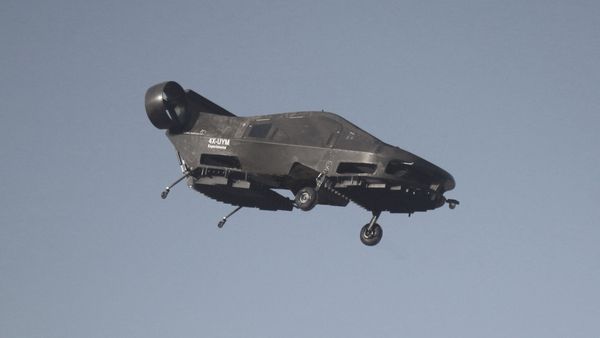
Formerly known as the “Air Mule,” this is a flying taxi, or maybe a future unmanned ambulance.
Urban Aeronautics
Nine years ago, the Air Mule was an almost-believable concept: a flying robot taxi that could get people out of dangerous battlefields without endangering a pilot or crew. It was the exact sort of gizmo one expects from Popular Science: an amazing machine of the future, almost like a flying car, that seemed plausible but just out of reach.



We are getting close to the point of a completely automated supply chain.
OSLO—Two Norwegian companies are taking the lead in the race to build the world’s first crewless, autonomously operated ship, an advance that could mark a turning point in seaborne trade.
Dubbed by shipping executives the “Tesla of the Seas,” the Yara Birkeland now under development is scheduled in late 2018 to start sailing fertilizer 37 miles down a fiord from a production facility to the port of Larvik. Using the Global Positioning System, radar, cameras and sensors, the electric ship is designed to navigate itself around other boat traffic and to dock on its own.
The vessel will cost $25 million, about three times as much as a conventional container ship of its size, but its backers say without need for fuel or crew it promises to cut annual operating costs by up to 90%. The 100-container ship is scheduled to be in the water toward the end of next year, though initially it will be tested with a human at the controls.
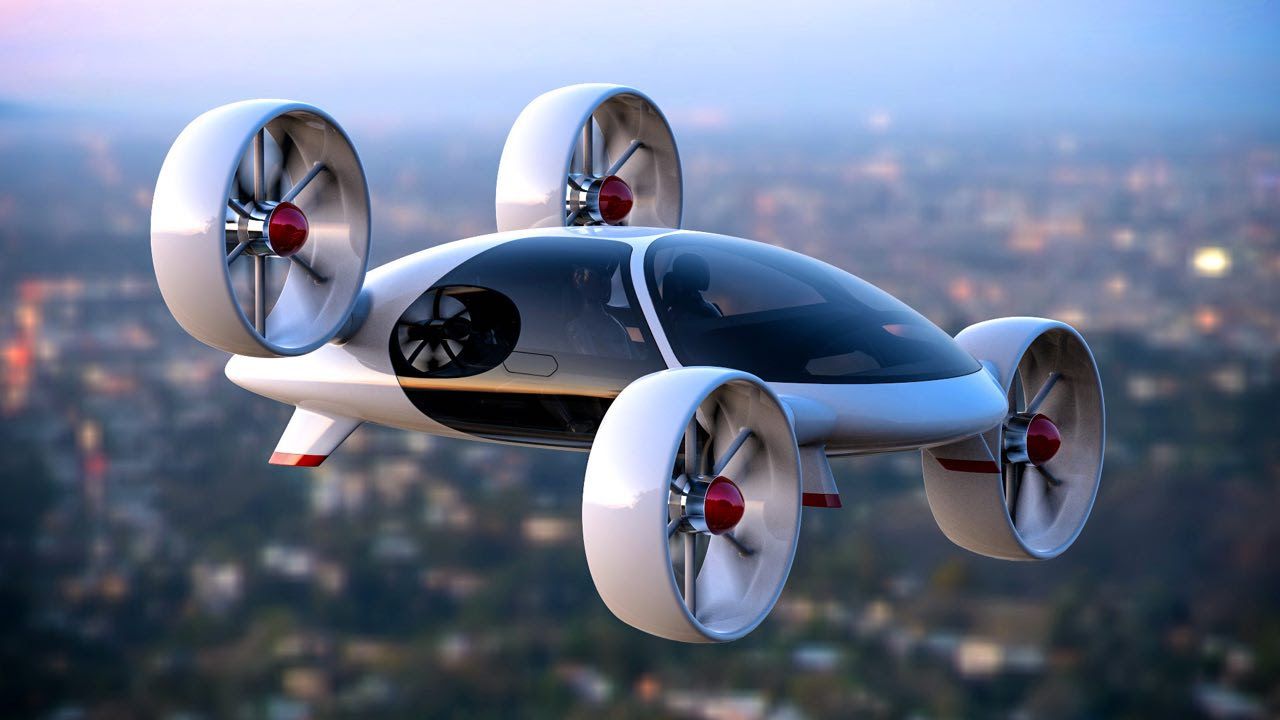
[youtube_sc url=“https://www.youtube.com/watch?v=L1dXTE-seFA”]
In our last film, we explored how the introduction of autonomous, self-driving cars is likely to kill a lot of jobs. Many millions of jobs, in fact. But is it short sighted to view self-driving vehicles as economic murderers? Is it possible that we got it totally wrong, and automated vehicles won’t be Grim Reapers — but rather the biggest job creators since the internet?
In this video series, the Galactic Public Archives takes bite-sized looks at a variety of terms, technologies, and ideas that are likely to be prominent in the future. Terms are regularly changing and being redefined with the passing of time. With constant breakthroughs and the development of new technology and other resources, we seek to define what these things are and how they will impact our future.
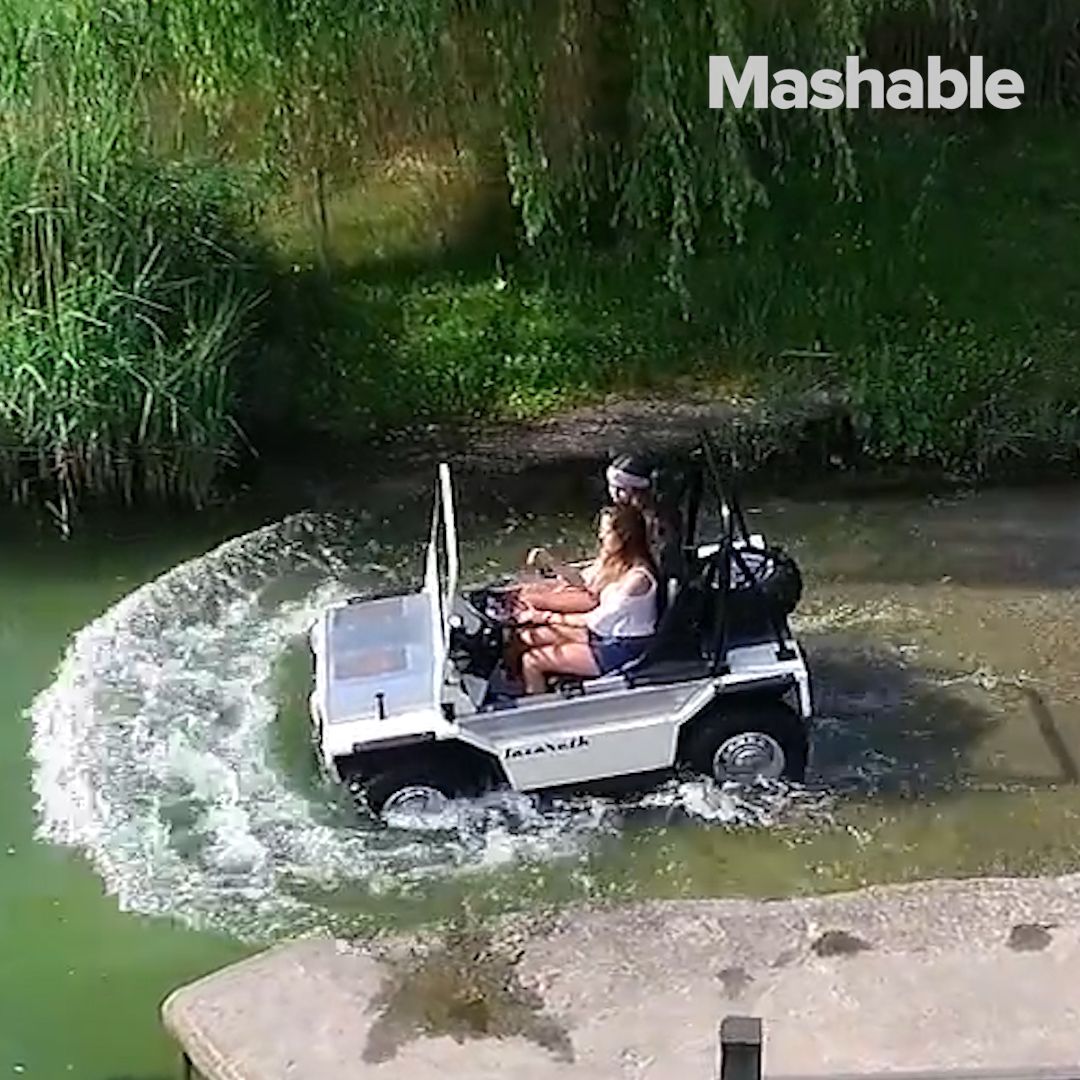
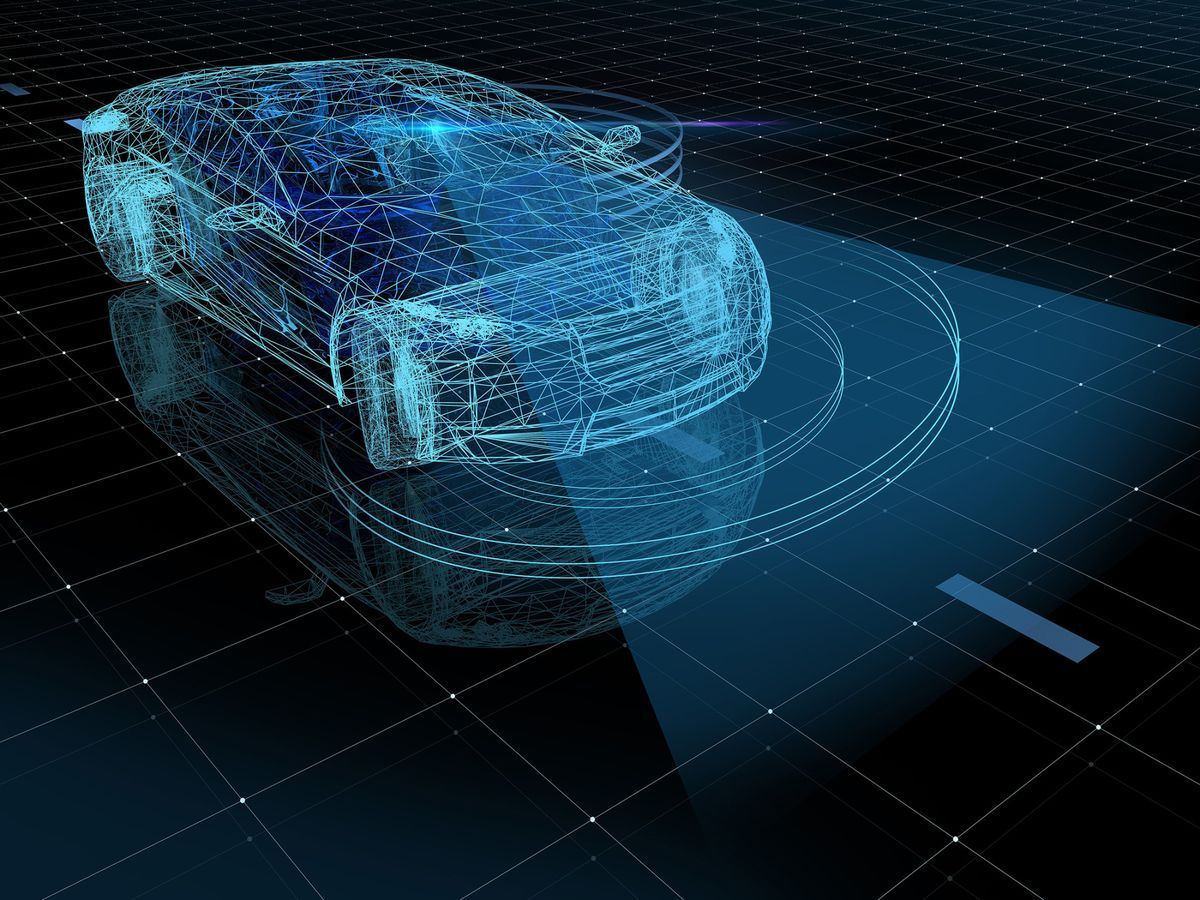
Congress took the first step toward setting rules for self-driving cars, as a House panel unanimously approved a measure that would allow thousands of automated vehicles to hit the road while federal regulators develop safety standards and preempt state rules.
The legislation garnered bipartisan support after Republican leaders adopted Democratic proposals for provisions to bolster safety oversight of self-driving vehicles by federal regulators.
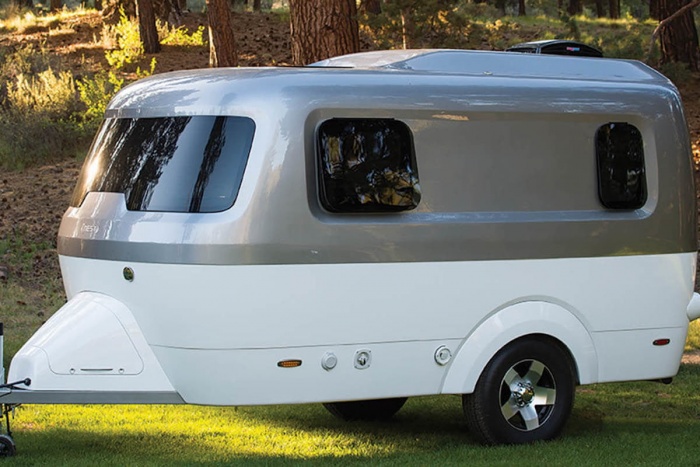
“The Airstream Nest, expected early 2018, will be constructed from fiberglass, a lightweight and durable material.”